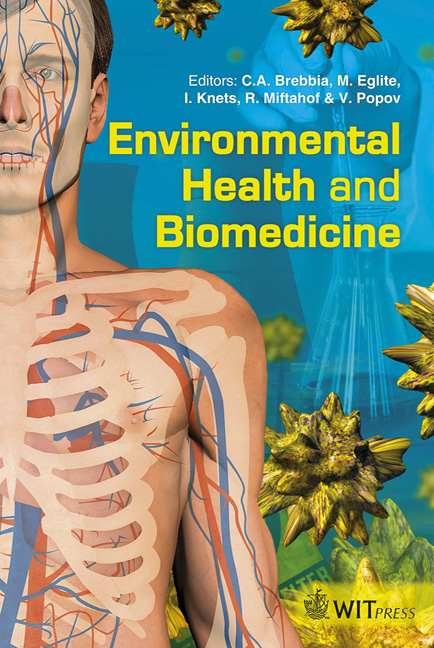Inverse Dynamic Model Of The Pupil Muscle Plant In The Simulation Of Response To Sound, Stimuli And Hippus
Price
Free (open access)
Transaction
Volume
15
Pages
8
Page Range
407 - 414
Published
2011
Size
3,172 kb
Paper DOI
10.2495/EHR110351
Copyright
WIT Press
Author(s)
E. Suaste Gómez & H. Reyes Cruz
Abstract
The model developed by Usui and Hirata was used to simulate the pupil response to a light stimulus based on autonomic nervous activity, such as sympathetic and parasympathetic activity. This model was recreated in SIMULINK finding that it did not consider the limitations of the pupil in frequency which Stark was reported. The pupil acts as a lowpass filter with a cut-off frequency of 1.5 Hz approximately. These conditions are generated by the unidirectional rate sensitivities. Then, considering this fact, the original model by placing the output of the lowpass filter of -20 dB/decade was modified, which there certain changes are regarding the response of the model by filtering high frequencies, and a delay by the filter. To obtain the pupil dynamic response induced by sound stimulation, the hippus and flickering of practice mode was using conventional (NTSC) and high speed videoculography thus, to determine sympathetic and parasympathetic activity, in order to recreate such behaviour the Hirata-Usui model was used with a few modification. Keywords: pupil dynamic, Hirata-Usui’s model, autonomic nervous. 1 Introduction For several years the eye has been an organ of great interest to study, given that it can communicate with the environment by getting information of all kinds, from the fact finding food, to travel without suffering from accidents, getting away from everything that may affect, to name a few. Hence the importance of this is to carry out our daily chores.
Keywords
pupil dynamic, Hirata-Usui’s model, autonomic nervous





